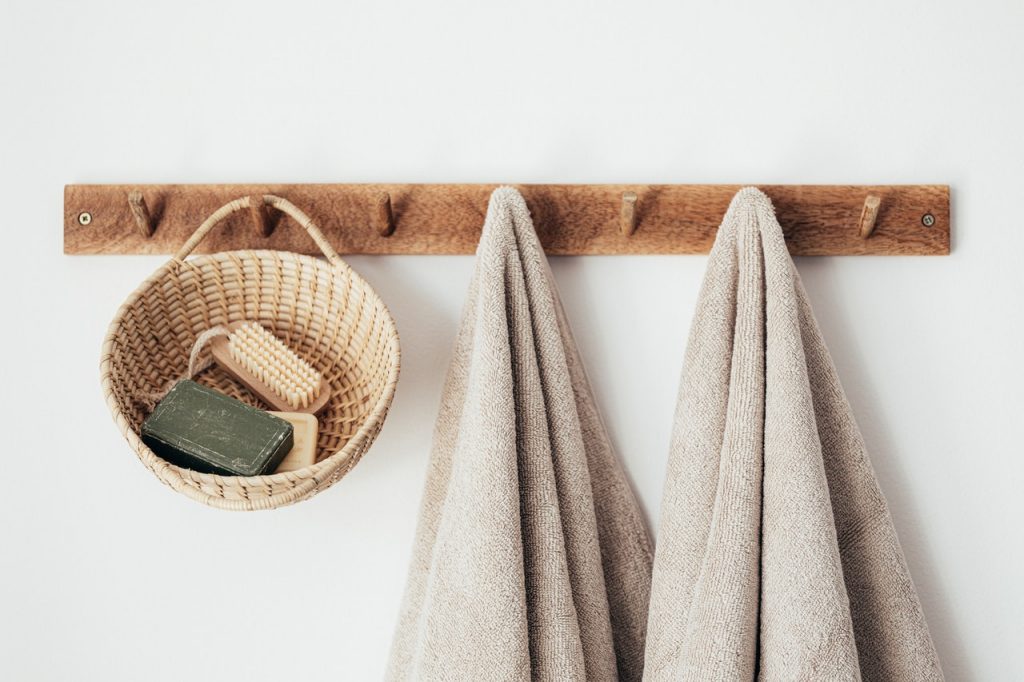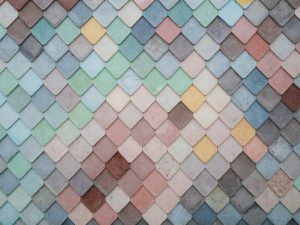Incorporate Sustainability into Design
5 min read
Sustainability is all everybody is talking about these days. If you haven’t heard of the movement, you might have been living under a rock. Sustainability refers generally to something being able to exist forever. When talking about sustainability in design, it means creating spaces or purchasing products that will stand the test of time. Whether is in a more functional capacity, such as water tank installation in a home renovation, or on more of a design level, sustainability will save individuals money in the long run. Simultaneously, using environmentally friendly products, materials and practices will improve the health of our planet. Classic wire work pieces, organic materials and eco-friendly décor are both beautiful and sustainable.
There are so many ways to implement sustainable décor and design when renovating or making design plans. Choosing classic pieces that are manufactured responsibly will ensure that there is less waste in the long-term. Investing in timeless wire furniture, beautiful wooden furniture (sustainably made of course) and organic linen bedding will help to reduce landfill. Koala is an Australian interior design company that sells sustainable, high-quality furniture. Many items are relatively affordable and are built to last. Furthermore, when you purchase any mattress from Koala, you will be supporting endangered turtles. The business has partnered with the World Wildlife Fund for Nature (WWF), so you can feel good about any purchase.
Large multinational and global companies are usually the worst offenders when it comes to a lack of ecological responsibility. IKEA is one company that has decided to go against this trend though, committing to improving their environmental impact. IKEA are continuously looking for new ways to reduce waste and promote recycling within their manufacturing processes. The company has now even introduced solar panels into their product offerings to encourage their consumers to live more sustainably.
By purchasing a water tank for sale, putting in a backyard clothesline, or installing solar panels, your home can be more eco-conscious. One way to make your new house more homely and lovely is to plant some native flowers, trees or plants. Growing your own vegetable and herb garden can also be a fun way to liven up the backyard. Being able to grow your own produce can really be so liberating. If having a green thumb does not come naturally to you, there are several vegetables and herbs that are practically impossible to go wrong with. Mint, leafy greens, tomatoes, zucchinis, cucumbers and spring onion are some of the easiest to grow.

When planning your kitchen interior design, there are a number of ways that you can make the heart of the home more sustainable. From the kitchen design itself, to the utensils and appliances you fill it with, there are so many options to create an eco-friendly kitchen. It is all about which materials you use for the bench tops, flooring and cabinetry. Bamboo is one of the most environmentally friendly materials you could possibly use. As bamboo grows so quickly, taking around three to five years to fully mature, it is a highly sustainable building material. Bamboo has similar qualities to that of hardwood, making it perfect for flooring and feature walls. Furthermore, bamboo flooring can stand the test of time and needs little maintenance.
When it comes to kitchen appliances, cookware and utensils, there are a vast number of options on the market. Once again, bamboo is a popular option for reusable utensils and cleaning brushes. Metal reusable straws are excellent to keep in the house, as 8.3 billion plastic straws are estimated to have ended up on beaches across the globe. Energy-efficient appliances should be purchased to save on power consumption, and organically sourced materials are preferred for kitchen towels. Organic cotton doesn’t harm the environment and is a great option as it is grown without pesticides and insecticides. Hemp is another wonderful alternative, as this particular crop is extremely resilient. Hemp does not require pesticides or herbicides to grow. Finally, recycled fabrics are one of the most sustainable options. Fabrics made from old plastic bottles reduce the amount of waste that goes into landfill each and every year.
Purchasing locally is one of the best ways that you can make your home renovation more environmentally responsible. Not only does buying local support jobs within the community, but it also limits the need for long shipping journeys. The aviation industry is one of the most polluting industries that there is. Many homewares and furniture items are transported by air to reduce the time it takes to get delivered. This is why it is so important to purchase items locally where possible. There are so many fantastic options out there, you just have to do your research.
Buying vintage or secondhand items can make your home more unique, whilst simultaneously making it more ecologically responsible. There are both luxurious and affordable options. Several vintage stores offer beautiful furniture that has been preserved and cared for. If you are on a budget, Op Shops like St Vincent de Paul or the Salvation Army have secondhand furniture available for purchase. By buying secondhand items, you are giving the product another life, and will limit the amount of waste that goes into landfill. So, not only will this be good for your budget, it will be good for our planet.
It is extremely easy to make small changes, or considered decisions when renovating your home, or purchasing new homewares and appliances. The most important part of becoming more sustainable in your decisions is to do your research. There is an abundance of information out there, you just have to take the time to look for it. We should all be supporting companies that have invested into creating more sustainable products. If everyone made some small changes, it would have a significant overall impact on the state of our environment. Where possible, support local businesses that manufacture their products locally. Source organic or recycled materials when it comes to incorporating décor items into your home. These thoughtful decisions will leave you with a home that is both beautiful and ecologically responsible.



